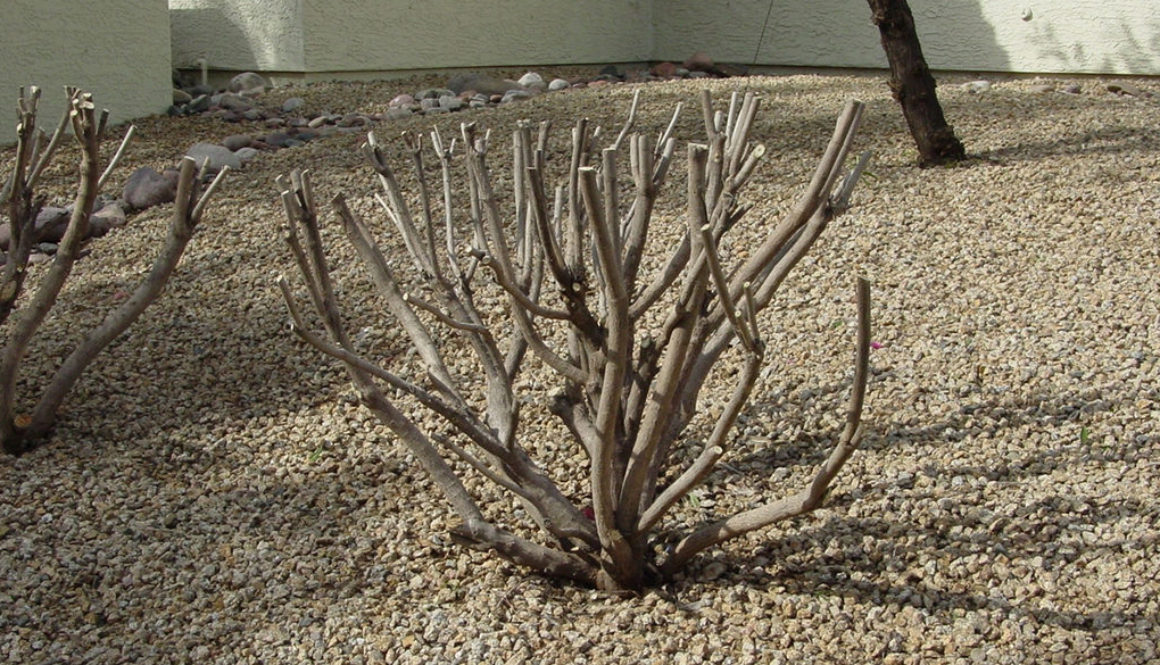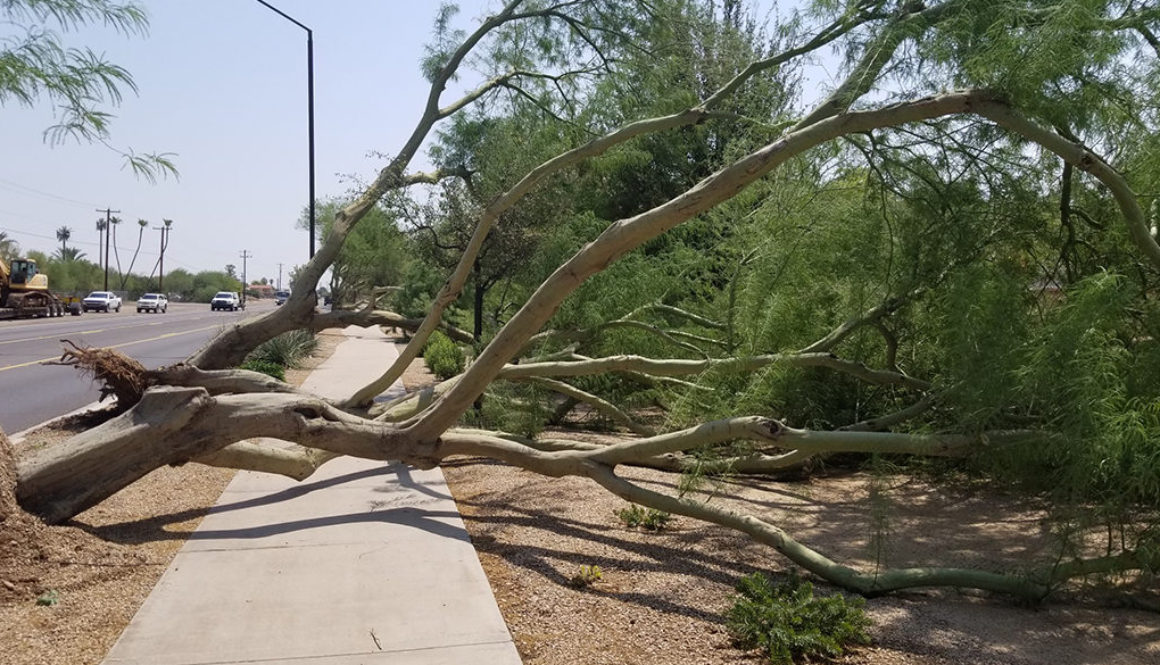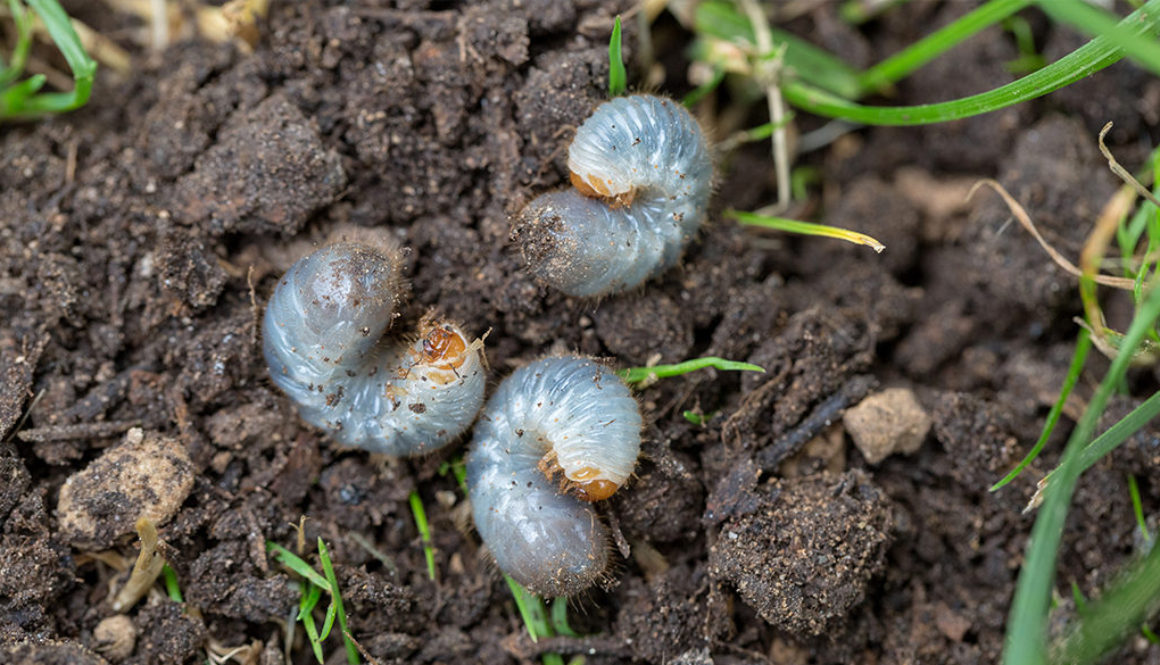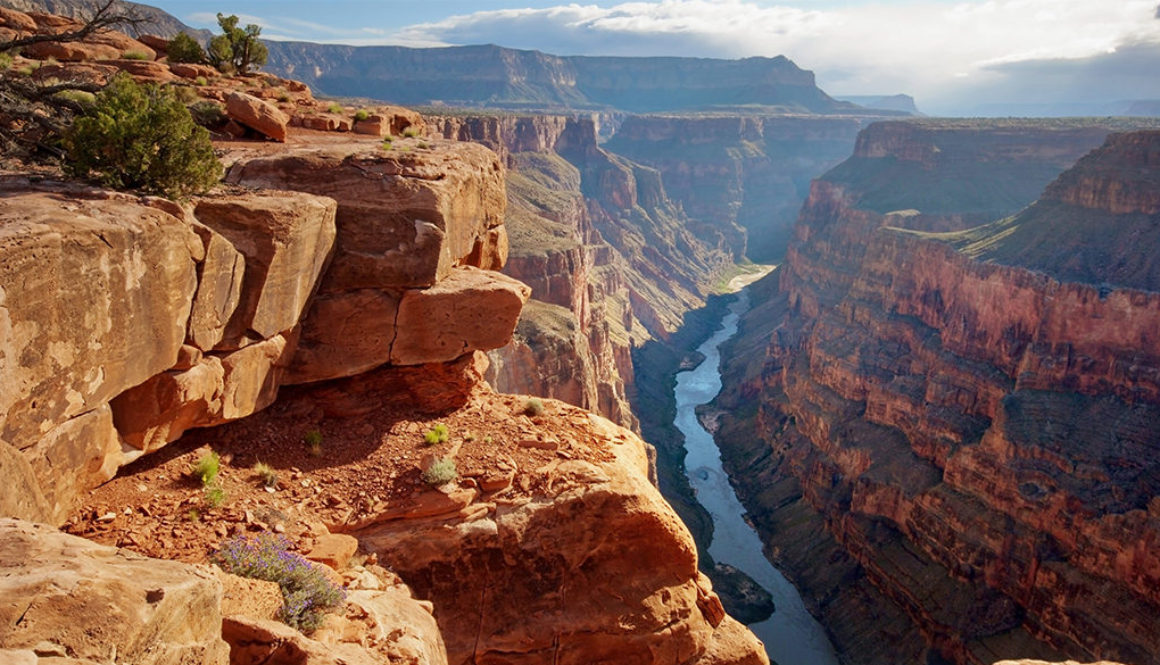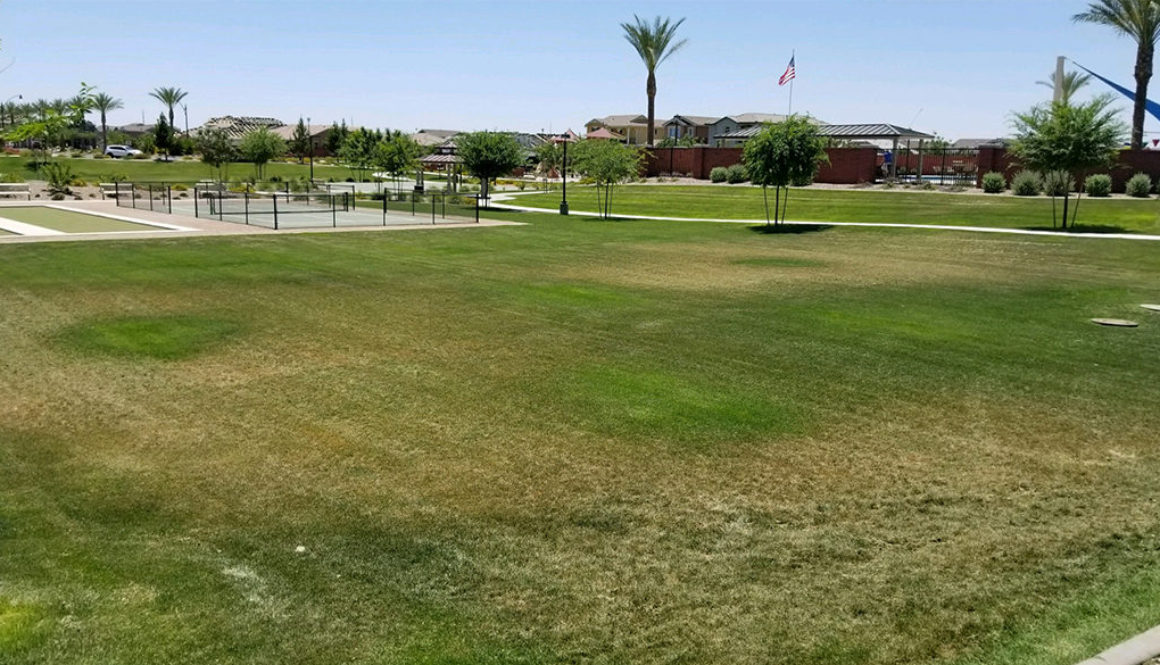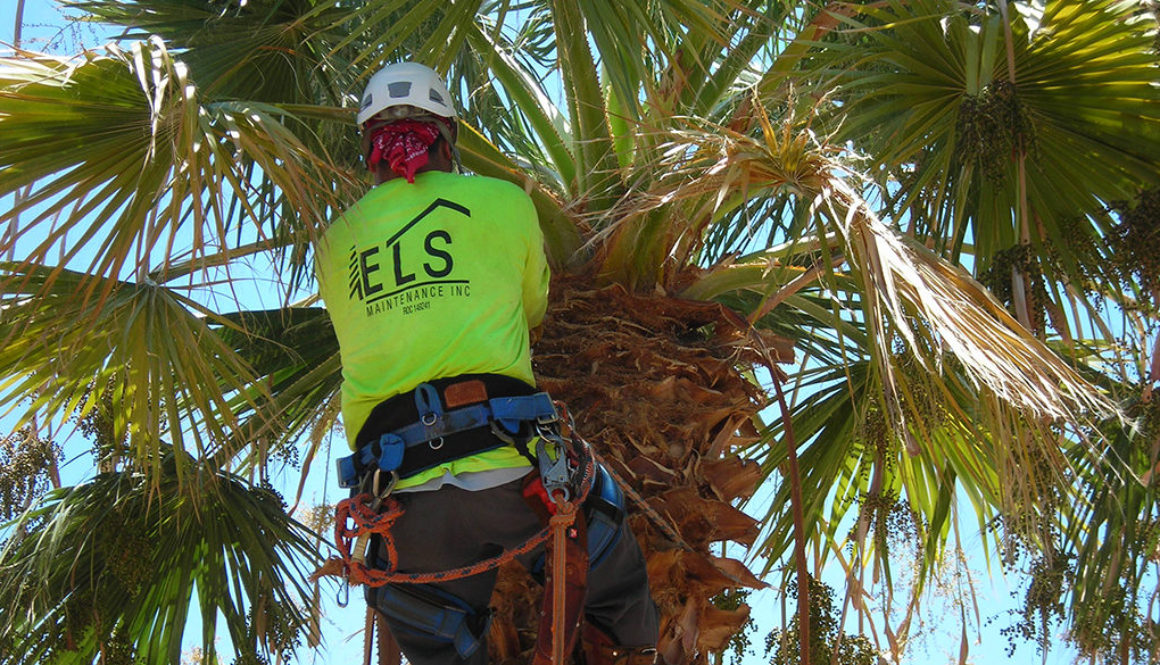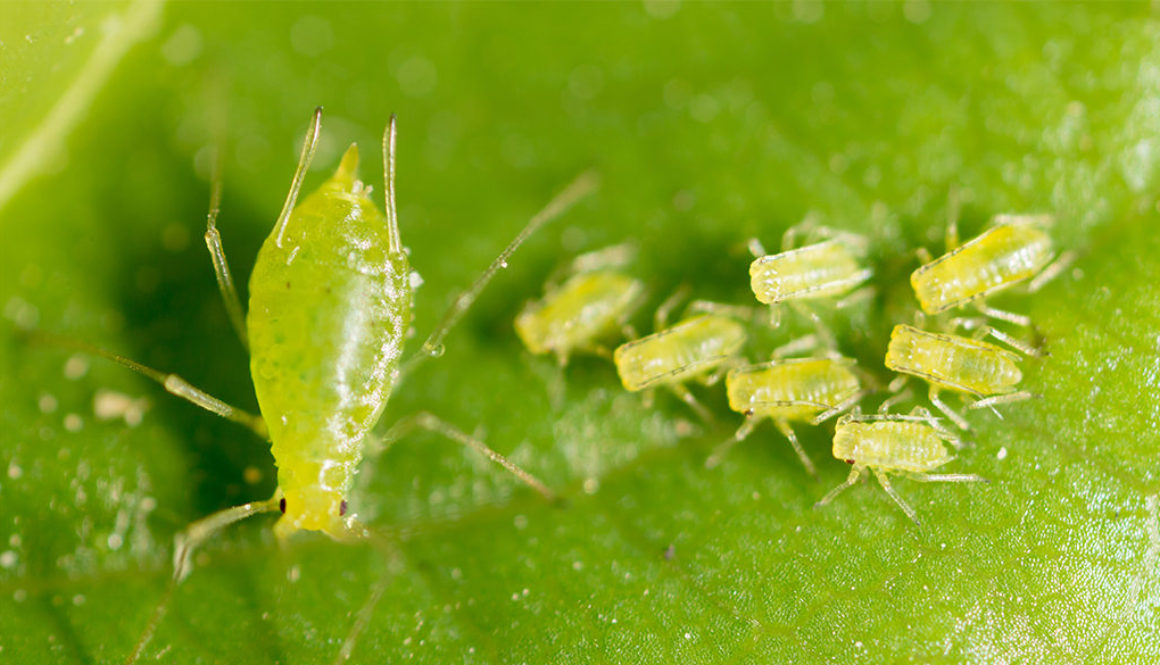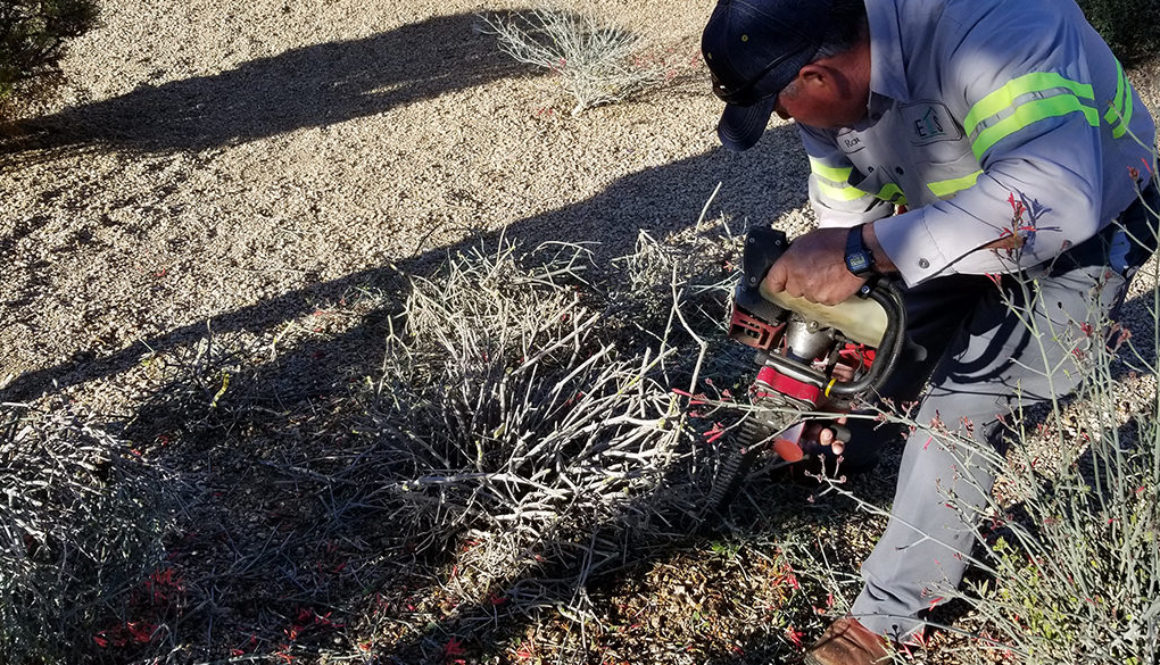Choosing the Right Landscape Maintenance Provider for Your Arizona Homeowners Association
In Phoenix, landscape maintenance is an essential year-round service to ensure the beauty and quality of your property, and to protect the significant investment in your grounds.
It’s a tall order because the “growing season” here is constant. Plants thrive 12 months out of the year. Sure, snowbirds who own residences in your Phoenix HOA might only spend a few months on the property, but constant care is required to keep the landscape at their vacation homes in prime condition.
Their second homes in your Homeowners Association are designed to be turnkey, maintenance-free and ready to go when they arrive for vacation. They don’t want to think about who mows the lawn in your common areas. That responsibility falls on you as the Homeowners Association.
But don’t worry, you’re not alone in this.
When you partner with a reputable landscape maintenance provider to manage the grounds, you can focus on what you do best: provide an optimum experience for the residents.

The right landscape maintenance provider will deliver seamless service, deploy crews of experienced professionals, and truly serve as the eyes and ears of the property. If they see a problem in the landscape, they’ll flag it and fix it. If they recognize an opportunity to enhance your HOA’s landscape, they’ll provide recommendations and
The right landscape maintenance provider is a true partner.
Hire the wrong landscape firm, and your Phoenix HOA will wear the signs of neglect and residents will recognize that quality is not up to par – not to mention the property values will decrease too. We know it costs more to replace plant material and renovate landscapes than to properly maintain them. Therefore, an HOA that cuts corners with landscape maintenance will end up paying more to mend the effects of hiring a provider that is not committed to their landscaping needs.
So, what should you look for when you hire a landscape maintenance provider for your Phoenix HOA? (Equally important: What are red flags that you are, perhaps, in the wrong relationship?) Read on for some advice on selecting the right provider.
What To Expect From A Quality Landscape Maintenance Provider
There are certain staples to keep in mind when selecting a provider to care for the landscape at your Phoenix HOA. First, you want to be sure the firm has the appropriate insurance and holds certifications that indicate a level of industry professionalism. The number of years in business and properties the firm currently manages will also help you determine if the sales pitch your HOA board is hearing aligns with what the landscape provider can actually deliver. (Ask for references—and call them.)
- Your landscape maintenance firm should verify that employees are screened and background checked so you can trust the professionals working on your property. The landscape maintenance provider should have a rigorous training program in place and quality standards so everyone—their staff, and your board—understands what results are expected.
- Your landscape provider in Phoenix should be a year-round partner that is committed to managing your grounds, from maintaining the irrigation system to mowing, pruning plants, and managing pests and disease. Additionally, the provider should have the expertise
to managing high-tree trimming (palm trees), landscape design and landscape installation. Ideally, you want a turnkey solutions provider that can manage everything green andgrowing on your property, and then some. Remember, there are layers of maintenance tasks required to keep a Phoenix HOA property looking its best 12 months out of the year. If any services are cut, you’ll notice. - Accessibility and open communication are critical, so you should ensure that the landscape provider assigns an account manager or single point of contact to your HOA property. This person should be readily available, honest and motivated to do the best for your landscape. The account manager should serve as your community’s personal go-to, taking full responsibility for all services performed onsite.
Red Flags: Common Landscape Maintenance Missteps
There are typical signs that a landscape firm is cutting corners on your HOA’s maintenance. We see these all the time. What often happens is price becomes more important than frequency of service or scope of work. For example, an HOA wants to cut down on mowing costs so a landscaper simply does less. (Remember, landscape firms are ultimately selling time. And they need enough time to properly service your landscape.) Cutting budget means sacrificing quality. Here are some common cuts we notice on properties that are not well maintained:
- Inadequate irrigation
- Lack of pest management
- Poor lawn care practices: fertilization, weed and disease control
Preserve Property Value: Invest In A Committed Landscape Maintenance Provider

We understand, your HOA has a designated landscape maintenance budget. And what organization isn’t seeking ways to reduce spending and better manage financial resources? This is why open communication is critical with your landscape maintenance provider. Help the company understand exactly what your goals are for the property. What results do you expect?
Agree on expectations: An experienced landscape maintenance firm will provide a clear, detailed contract that sets expectations for services. You should have honest conversations with the provider. For example, if you want green grass year-round and healthy, blooming flowers, then cutting out irrigation maintenance and trimming back lawn care will not deliver the results you’re seeking.
Ask for a designated contact: Again, we can’t stress this enough. Your landscape maintenance provider should be accessible. That’s why at ELS Maintenance, an account manager is assigned to every property as a direct contact, and division managers ensure that the work completed meets our high standards.
Go beyond basic maintenance: Finally, your landscape maintenance provider should help you realize the potential for your community. Our team acts as the eyes and ears on your property. We identify opportunities to enhance spaces and increase the value residents will gain from the landscape. We’re onsite to listen to your ideas, and share our thoughts for ways to ensure a thriving landscape at your Phoenix HOA property. It always helps when clients allocate a modest budget for minor landscape enhancements that do not require approval. That way, your landscape provider can move forward with necessary tasks to maintain the value of your Homeowners Association landscape.
Uncommon Quality & A Dedicated Team
What makes an ELS Maintenance property different is our high standards for landscape maintenance, experienced team of professionals, and a deep understanding of what it takes to keep a Phoenix landscape healthy. Homeowners Associations that entrust in our firm know their landscape maintenance is taken care of, so they can focus on their homeowners.
Let’s talk more about how ELS Maintenance meets the specific needs of Phoenix Homeowners Associations. Contact us any time at 602.243.1106, or fill out this simple form and we’ll get in touch with you.



